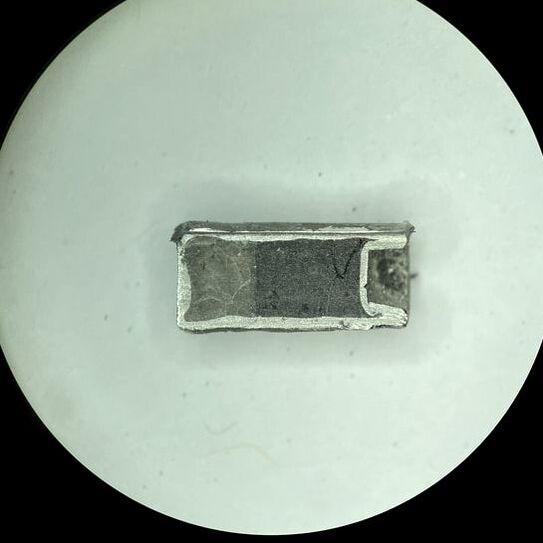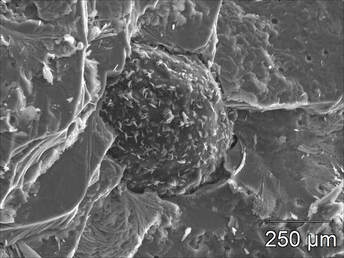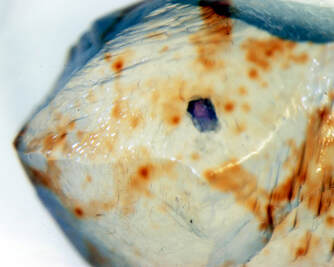ABOUT ME
Dr. Nico Kueter
Hi!
I am a researcher/lecturer in the Climate Geology Group at the ETH Earth Science Department in Zurich, Switzerland. My main research field is experimental isotope geochemistry that is strongly influenced by a passion for classical petrology and geology. I am currently working on the extraction of COH fluids from rocks and the experimental synthesis and equilibration of methane and carbonates for clumped isotope analysis. My focus lies on the stable isotope analysis of light elements such as Carbon, Hydrogen, Nitrogen and Oxygen. I am particularly interested in the fundamental reactions and processes that cause light stable isotope fractionation and exchange between materials, telling us about the origin and pathways of volatiles on Earth and other planets. Though trained in geology & petrology, my research interests are not restricted to the solid Earth, but also include the volatile evolution of planetary hydro- and atmospheres. Thus, my research usually expands into other disciplines such as organic and atmospheric chemistry, and materials sciences. A large part of my work involves (re-)designing experimental and analytical setups to address new, challenging research questions. From 2019-2022, I was as a Carnegie Postdoctoral Fellow at the Earth and Planets Laboratory of the Carnegie Institution for Science in Washington D.C. Here, I studied hydrogen isotope effects inside silicate glasses (1, 2) and the high-pressure SiO2 polymorph Stishovite (3) with nuclear magnetic resonance (NMR) spectroscopy, and measured the carbon isotope composition of diamonds with classical off-line combustion - IRMS techniques (4). I also ran a custom-build gas preparation lab allowing for the inductive UHT combustion and CO2 recovery of carbon-bearing materials such as diamond, cohenite or steel. In 2018, I received my doctoral degree in Earth Sciences from ETH Zurich for my work on high temperature carbon isotope fractionation processes, (i) studying the equilibration of CO2-CO-CH4, (ii) investigating the transition from kinetic to equilibrium 13C fractionation in the carbonate-graphite system, and (iii) demonstrating high-temperature kinetic isotope fraction during the redox-driven crystallization of elemental carbon from COH-fluids. For more than 4 years, I managed the hydrothermal pressure vessel (“cold-seal”) laboratory and a custom-build gas preparation lab. My MSc (ETH) was on a self-designed project about the origin of alluvial diamonds from Indonesian-Borneo (Kalimantan). In the meantime, I am a big fan of fossil hunting (my passion), traveling, and discovering (for me) foreign cuisines. Thanks for reading! Enjoy your day :) |
Freshly opened Pt capsule containing carbonatite melt (left) and mafic silicate melt (right) perfectly separated by using a piston cylinder centrifuge. --> Paper
Secondary electron image of a globule of amorphous carbon showing surface recrystallisation to graphite. The recrystallisation process took place in a carbonate melt and was accompanied by carbon isotope exchange between the melt and the newly-formed graphite.
Knorringite-Pyrope garnet inclusion in an alluvial diamond from Southeast Kalimantan, Indonesia. During million-years of residence in a sediment next to alpha-particle radiating minerals, the diamond developed brown radiation spots on its surface.
|
Some Recent & Previous Projects
|
|
Some rock stuff
|
Some recent, cool geological impressions that I show others at parties.
|
|
CONTACT ME
nico.kueter(-at-)erdw.ethz.ch
Geological Institute - ETH Zurich
Sonneggstrasse 5
8092 Zurich - Switzerland
Geological Institute - ETH Zurich
Sonneggstrasse 5
8092 Zurich - Switzerland
Sunrise at Brandberg Mountain, Namibia



